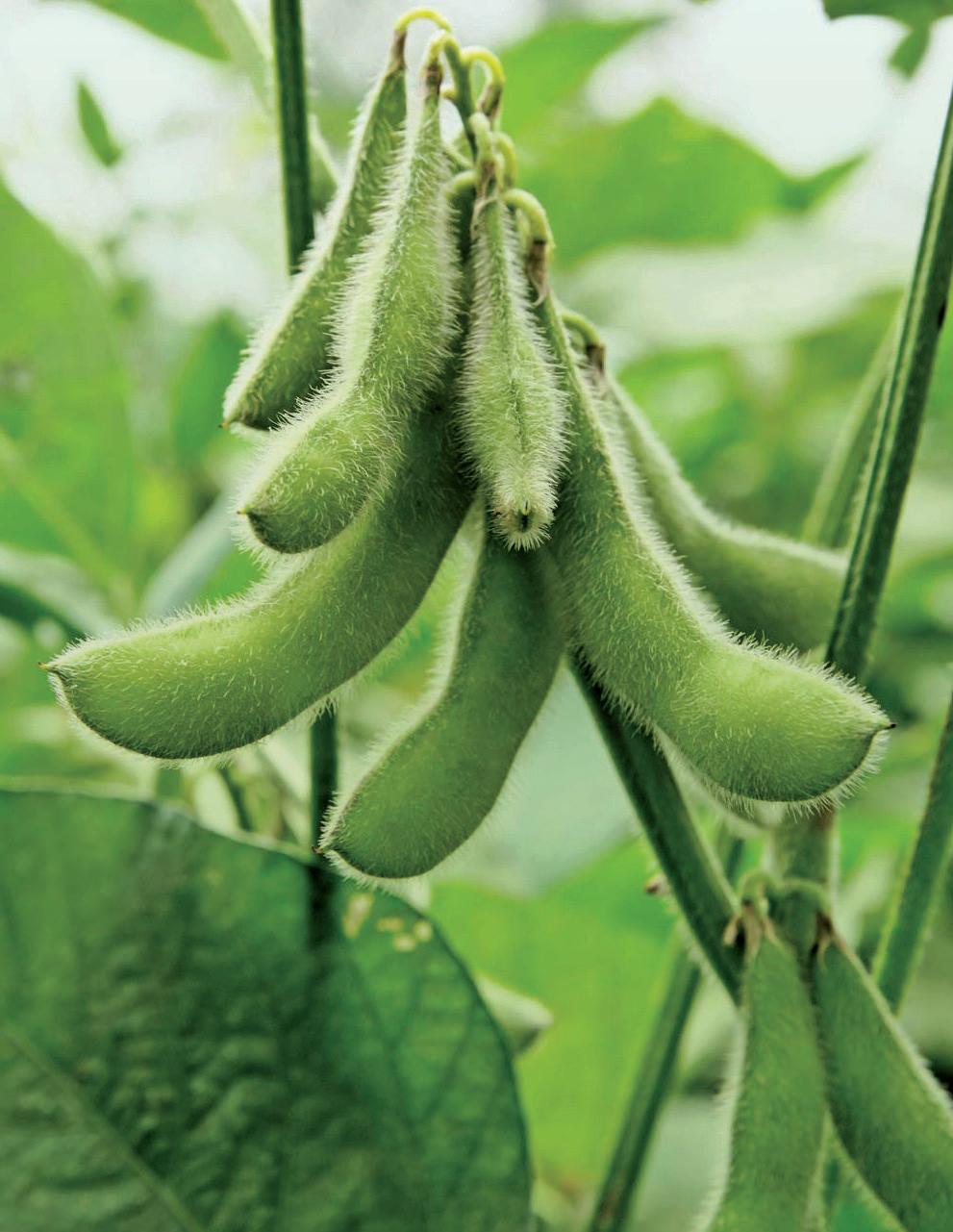SUCCESS STORY
RESEARCH IN AFRICA
Developing red leaf blotch resistant soybeans Following the anthrax attacks that occurred in 2001, the U.S. government established the Federal Select Agent Program (FSAP) to regulate the possession, use, and transfer of select biological agents and toxins that could potentially pose a severe threat to public, animal, or plant health. While bioterrorism is typically associated with toxins such as ricin or diseases such as smallpox or the bubonic plague, it can also take the form of plant pathogens such as bacteria and fungi. What does this have to do with soybean? Number 61 on the Select Agent and Toxin list is the fungus Coniothyrium glycines, the cause of a soybean disease referred to as red leaf blotch (RLB). The disease is native to Africa and currently affects soybean in central and southern Africa. SubSaharan African countries have reported soybean production losses of up to 70% due to RLB. The first cases of RLB were reported in Ethiopia in 1957, yet very little is known about the fungus today. The U.S. and Brazil now recognize RLB as a major potential threat to soybean production, but research on how to combat the fungus is limited, and there has been little progress made to-date on discovering sources of resistance to the fungus that causes RLB. And, because RLB is on the Select Agents and Toxins list, it is nearly impossible to conduct research on the disease in the United States. SIL plant pathologist Dr. Harun Murithi leads the lab’s efforts to identify soybean genotypes resistant to Red Leaf Blotch (RLB). He conducts both lab and greenhouse work in Kenya and evaluates RLB incidence, severity, and genotype resistance across SIL PAT sites in Uganda, Kenya, Ethiopia, Ghana, Malawi, and Zambia.
Developing soybean lines with resistance to RLB will not only lead to improved soybean production across SubSaharan Africa, but will also head off potentially disastrous effects faced by soybean producers in the Americas.
With support from USDA Agricultural Research Service (ARS), SIL researchers now evaluate soybean genotypes for resistance to RLB directly in Africa through the Soybean Innovation Lab’s network of over 113 field sites across 24 countries in West, East and Southern Africa. As genotype resistance is confirmed, results will be disseminated through SIL’s global network of soybean breeders and seed companies. Both the U.S. and African soybean industries can then use these sources of resistance to make crosses and develop soybean populations with resistance to RLB, leading to improved soybean production across Sub-Saharan Africa, and preventing potentially disastrous effects on the U.S. soybean crop.
19





















